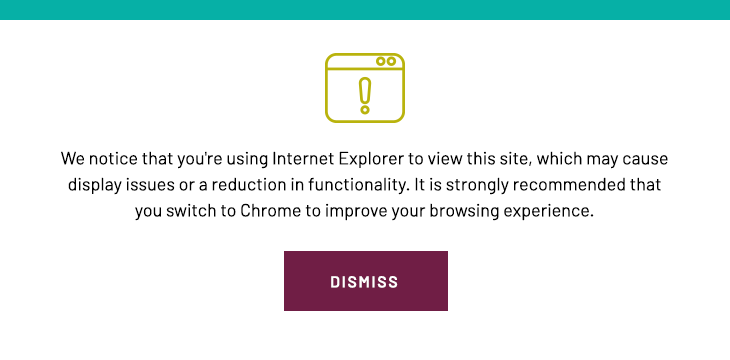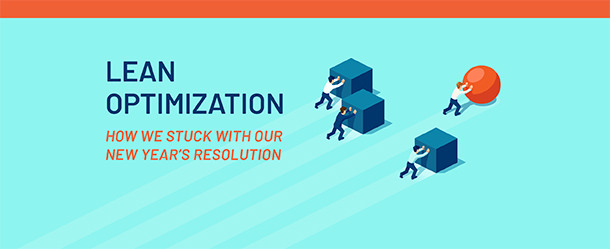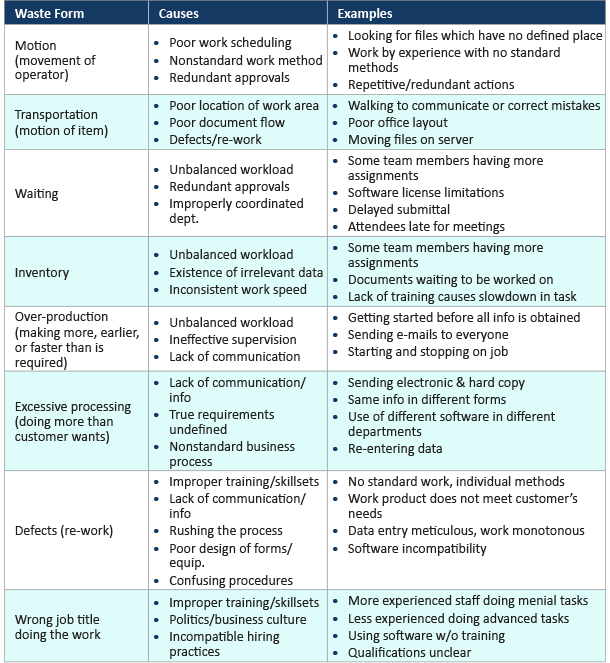



It’s now March, and according to a December 2018 Business Insider article, by this time 80% of people have failed to keep their New Year’s resolutions and they become just a distant memory. We at MBP wanted to make resolutions we could keep, but how do you cement real change? According to Yale University’s Professor John Bargh, we should establish “small, reasonable changes that we can seamlessly incorporate into existing daily routines.”
At MBP, we made our own corporate resolution last year to become more efficient in the way we operate. We saw how successfully Lean methodology and tools were being implemented on the construction projects we were managing and could see its applicability for our own internal operations. How much waste could we eliminate from our own processes?
We turned to one of our resident experts in Lean Six Sigma, Tom Orr. When not guiding our clients through similar journeys, Tom guided us through the process of making “small, reasonable changes” to establish behaviors of continuous improvement and productive change.
Lean is utilized to identify waste in a process and to eliminate or reduce that waste. Six Sigma focuses on solving a problem that has no current proven solution. Six Sigma utilizes data to prove that a process is a good candidate for improvement and this data then establishes a baseline that can then be utilized in the future to determine if the implemented changes have improved the process.
The Lean Six Sigma approach involves identifying those activities that are “non-value added” and reducing or eliminating those activities. Value-added activities are defined as those activities that physically change an item, the customer would pay for if they knew you were doing it, or it is done right the first time. It is intended to accelerate the improvement process. Lean also focuses on continuous improvement and promoting a culture where:
All of these resonated with MBP and reflected the kind of organization we are. For that reason, Lean Six Sigma represented an ideal vehicle for change. We took this knowledge and committed to continuous improvement based on these principles.
Here’s how our New Year’s resolution began.
We began by gathering feedback on those operations that most frustrated us, consumed too much of our time, and/or impacted our operations. Forms of waste can take different forms:

We then winnowed down that list of “irritating” operations using the following selection conditions:
To date, we have selected and optimized six key operations based on these criteria.
Using the Lean Six Sigma processes, Tom led us through these established steps for each operation we wished to improve:
We defined our business case, problem and goal statement, and operational definition. For example, we wanted to improve our speed of hiring from six weeks to three weeks in order to prevent us from losing good candidates and to more promptly respond to our clients’ needs.
For each process, we quantified our current output, used a sigma calculator to determine how far our performance was from best in class, and established a target goal/output.
From there, we defined the process as it existed currently (what is, not what it should be), hypothesized on why this process requires so much additional effort, and identified which steps add value and which could be reduced or eliminated.
To improve, we brainstormed on ways to reduce or eliminate non-valued added steps in the process and ways to reduce or eliminate causes for the additional effort. We also identified those actions which would deliver the most improvement and identified a champion to get done what needed to get done by an established target date.
We set a timeframe to implement and test our improvements, at the end of which, we would verify and remeasure and establish controls.
These processes were implemented through group workshops, assembling team members with diverse experiences and roles but all impacted by the system. Conversations were not always easy. No one person defined the current process the same way (you see the problem!) and oftentimes there was no clear agreement on why the process was broken. Solutions were sometimes hard to devise. Fixing a longstanding process required breaking down old paradigms and thinking expansively. But, ultimately, we did it, undertaking workshops to improve six different MBP internal processes.
We saw in all of these optimization workshops collateral improvements: we changed our mindset where we now think in terms of promoting value and reducing wasted effort. We also recognized that it was important to measure our results in order to gauge the extent of our improvement. In addition, we cemented strong relationships within our team as team members collaborated to solve difficult problems. And we were thus inspired to keep going, thereby reinforcing our culture of continuous improvement.
Our job is in no way complete but by selecting a small number of key processes to optimize, we were able to keep our resolution and begin to eliminate waste. We plan to revisit all of the processes from this past year, seek feedback on whether our team notices an improvement, and measure our results to quantify our improvement. We will also find our next set of processes to tackle and we will take our Lean Six Sigma mindset with us to our projects and our clients.
If you are looking for ways to implement Lean, please contact us for more information.
Comments